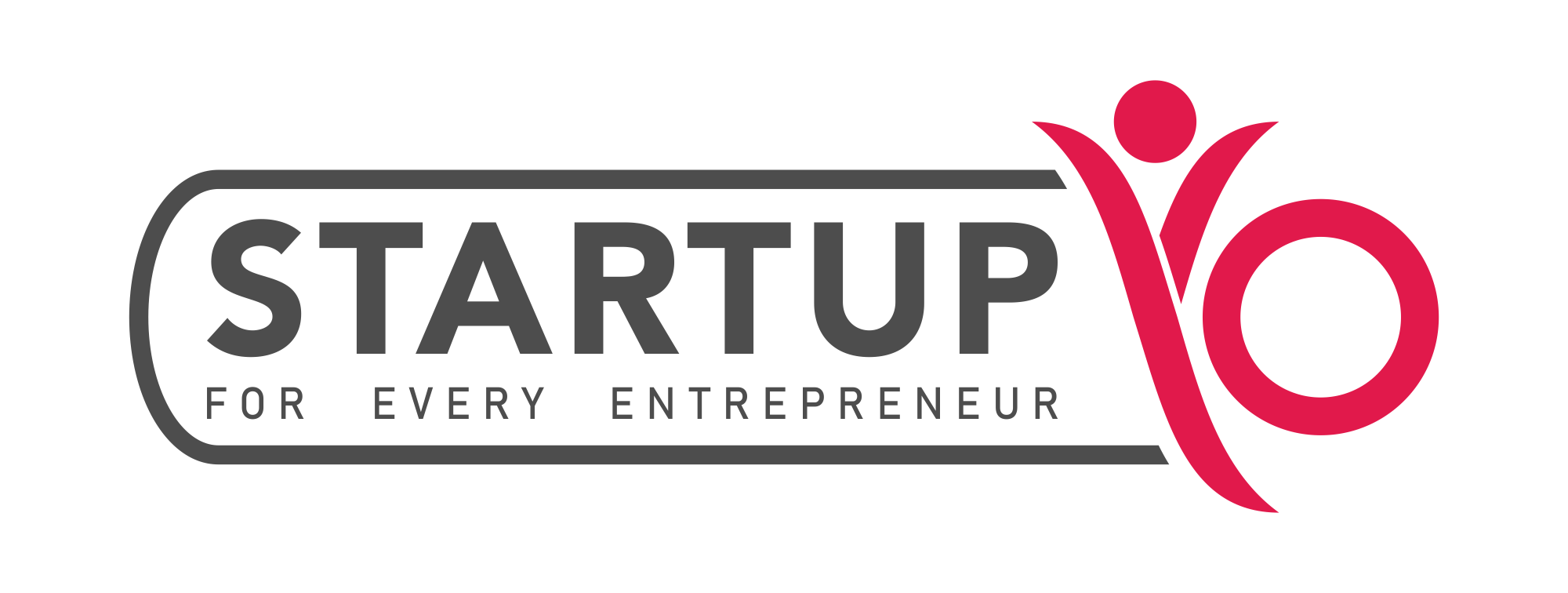- Small business owners, create your website easily now!
- 1. Choose a Domain Name:
- 2. Choose a Hosting Provider and Easy Website Builder
- 3. Create a Brand Identity with a Logo:
- 4. Optimize the Content and Website layout:
- 5. Publish Your Website:
- How Much Does It Cost to Start a Website for a Small Business?
- Things to Remember While Creating a Small Business Websites
Running a small business isn’t easy. Owners often wear many hats, from handling finances to managing employees and serving customers. They pour their heart and soul into their ventures, working long hours and making sacrifices to succeed. However, small business owners face hurdles, too. They compete with big corporations and navigate through regulations and taxes. Yet, their determination and resilience keep them going.
One of the most important things for a small owner to run their business smoothly is having a website. Yes! Now is the time when your digital presence is utterly essential. People need to see you; only then will your business grow, and you can build your brand.
Now, just as important a website is, it is also essential that you have an attractive and, most importantly, very easy-to-handle website. It’s not a big deal for big companies because they can easily hire an entire team and have it within some time.
But what about small business owners like you and me? We will use website builders help to create a fantastic website that can attract visitors and turn them into our customers.
Read More : Best website builders for small business
Small business owners, create your website easily now!
In conclusion, creating a small business website doesn’t have to be that tough. Following these simple steps outlined in the article, anyone can quickly build a professional and effective online presence for their business.
- Always begin with a well-defined plan that identifies your objectives and intended audience. Select a platform or user-friendly website builder based on your technical expertise and needs.
- Utilise ready-made templates to save time and effort, but don’t hesitate to customise them to reflect your brand identity.
- Focus on creating engaging, informative content that effectively showcases your products or services.
- Don’t forget about search engine optimization (SEO) to improve your site’s visibility on search engines like Google.
- Lastly, regularly update your website with fresh content and monitor its performance to make necessary adjustments for continuous improvement.
Stay with us till the end, and we are sure this article will be helpful for small business owners like you.
So, Here’s a straightforward rundown on how to make small business website easily:
1. Choose a Domain Name:

The first step to creating a website for small businesses is choosing a domain name. Here are some key points to do so:
Choose an easy-to-remember name
Pick a domain name that’s easy to remember. Keep it short and sweet. Long and complicated names are like roadblocks for your customers. Make it simple so people can type it without any hassle.
Your domain name should reflect what you do
Complicated domain names can confuse visitors. For example, if you sell shoes, a name like “Shoehub.com” can clearly tell people exactly what to expect. Select terms that are relevant to your company or sector. in this manner, when people see your domain name, they will know they are at the right spot.
Pick a secured domain name
Apart from an accessible name, security is crucial online. So, always pick a secure domain name. Look for trusted domain providers that offer security features like SSL certificates. It will keep your website safe from cyber sneaks.
There are some best domain name providers like Godady,. Hostinger, Hostgator, Namecheap.
With the right domain name, you’ll be open for business 24/7, welcoming customers from all web corners.
Read More : Best Website Builders for SEO | Features, Cost
2. Choose a Hosting Provider and Easy Website Builder

You must choose the right hosting provider and website builder when building your website. Let’s break it down step by step.
Finding the best website builder:
Since you are doing it independently, you want the best website builder for small business. You want something easy to use, like drag-and-drop features. With that, you can create your site, even if you don’t know how to code it. Also, look for builders that give customizable templates so that you can create uniqueness for your brand.
Getting a reliable web hosting provider:
Getting the best web hosting for a small business is like renting space on the internet for your website to live. So you must look for a provider that fits your budget and offers good service. There are some best Hosting providers like Godady,. Hostinger, Hostgator, Namecheap.
This can be a convenient option, as everything you need is in one place. It also depends on your specific needs as to which web hosting provider will be best for you. Research and going through reviews can help you find the best fit for you.
But if building your website seems too much and you’re uncomfortable with it, you can always hire a freelance website designer. They’ll have the skills and expertise to create a professional-looking site that meets your needs. Just be sure to communicate your vision and goals for the site clearly. You can find freelance website designers on Upwork, Fiveer, Freelancer.
Read More : 7 Best Web Hosting for Small Businesses | Features, Cost
3. Create a Brand Identity with a Logo:

Have an eye-catching logo
Your logo is the face of your brand, so invest some time in creating one that speaks volumes about your business. It’s often the first thing customers notice about your brand. So, you definitely need to have an eye-catching logo.
Take the help of online tools and freelancers:
But you are not a graphics designer, so how will you make it yourself? The good news is that there are lots of online tools and freelance logo design person who can help you create a professional-looking logo-and trust me, it won’t cost much. You can find freelance logo designers on Upwork, Fiveer, Freelancer.
Be precise about what message you want to send
Whether you do it yourself or take the help of someone, you need to keep in mind that when you’re designing your logo, think about what message you want it to send. Your logo should speak to your brand. For example, a colorful and playful logo would be perfect for selling toys. But if you’re a law firm, you might want something more sleek and sophisticated.
Colors, shapes, and fonts play a big role
They play an important role in making a logo stand out. Pick ones that fit your brand’s personality and make sure they work well together. You want your logo to be easy to read and recognize, even from far away.
With the right design, your logo can help your brand stand out in a crowded market and leave a lasting impression on your customers.
4. Optimize the Content and Website layout:
The next important point is optimising the content and website layout. When your content is rich, and your website layout is user-friendly, it can make a big difference.
Content rules the internet
Whether selling cupcakes or consulting services, top-notch content is critical. It means your words should be crystal clear, short and sweet, and packed with keywords that make search engines happy. Consider it this way, you want your cake website to appear first when someone searches for “best cakes in town”. That’s where optimization comes in.
Optimize your content
Optimizing your content isn’t just about stuffing in keywords, though. Additionally, you need to make sure that your message is loud and clear. Visitors to your site should know precisely what you’re offering and why they should care within seconds of landing on your homepage. No one wants to hunt around for information, so keep it concise and to the point.
Your website’s design should be easy for visitors to navigate
That means organizing your layout in a super easy way. Important stuff like contact info and product/service details should be front and center, not buried in some obscure corner of your site.
5. Publish Your Website:
You have completed almost all the steps, and now only one final step is a step. Launch your website and make yourself known to the world. To make sure everything goes as planned, there are a few crucial actions you must take before clicking the publish button.
Make sure everything is in place
It means your website design is polished and reflects your brand identity. Make sure every page on your website is full and has the information you wish to share with visitors. Your images should be optimized for web viewing, ensuring fast loading times.
Double-check for any glitches or broken links
Before you officially go live, it’s crucial to double-check for any glitches or broken links. Imagine inviting guests to a party only to realize you forgot to send the correct address! Missing pages or broken links might annoy visitors and give them a bad impression of your website.
Take the time to navigate your website, clicking on links and testing forms to ensure they function as intended.
Hit the publish button when everything is in place
Once you’re confident everything looks good, it’s time to hit it. This action signals to the internet that your website is ready for anyone with an internet connection to access. Let everyone know you’re open for business and ready to make your mark online.
How Much Does It Cost to Start a Website for a Small Business?
Starting a website for a small business can cost different amounts based on hosting fees, domain registration, design help, and maintenance. Let’s break it down for you.
| Specific | Cost |
| Hosting fees | $3 to $10 a month |
| Domain name | $10 to $20 a year |
| Website Design | $100 to $1000 or more (depending on requirements) |
| Updates and maintenance | $100 to $500 a year. |
Things to Remember While Creating a Small Business Websites
When making a small business website, there are some essential things to keep in mind to ensure it’s effective. Below is an outline of those crucial points:
- Keep it Simple: Too much information or a messy design can confuse visitors. Keep things neat and easy to understand.
- Optimizing for Mobile: These days, a lot of individuals browse the internet on their smartphones or tablets. Making sure your website functions and looks great on these devices is crucial.
- Clear Calls to Action: Guide your visitors on what to do next. Make it simple for people to take action, whether it’s making a purchase, contacting you, or subscribing to updates.
- Frequent Content Updates: Maintain the originality of your website by making frequent content updates.It keeps users engaged and raises your website’s search engine ranking on platforms like Google.
- Testing: Regularly check your website to ensure it is working smoothly. Test for speed, compatibility with different browsers, and ease of navigation. It ensures your website is always in top shape for visitors.
You can make a small business website that is interesting, user-friendly, and useful for promoting business growth by using the advice in this article.
FAQ’s
What’s the easiest way to build a website for my small business?
The easiest way to create a website for your small business is to use website builders like Wix, Squarespace, or Shopify.
Do I need a web developer to create my small business website?
While hiring a web developer can benefit complex projects, it’s not that important for most small business websites. With user-friendly website builders available, you can easily create your site.
How much time does it take to build a small business website?
It depends on the complexity of your site and how much time you can dedicate to it. With website builders, you can get a primary site up and running in just a few hours.
What essential pages should I include on my small business website?
Your website is like a menu. So, you need a homepage that introduces your business, an about page to tell your story, a services or products page showcasing what you offer, a contact page so customers can reach you, and a blog or testimonials page to build credibility.
How do I ensure my website looks good on mobile devices?
Most website builders automatically optimize your site for mobile, but it’s always a good idea to preview and test it on different devices to ensure everything looks and functions properly.
